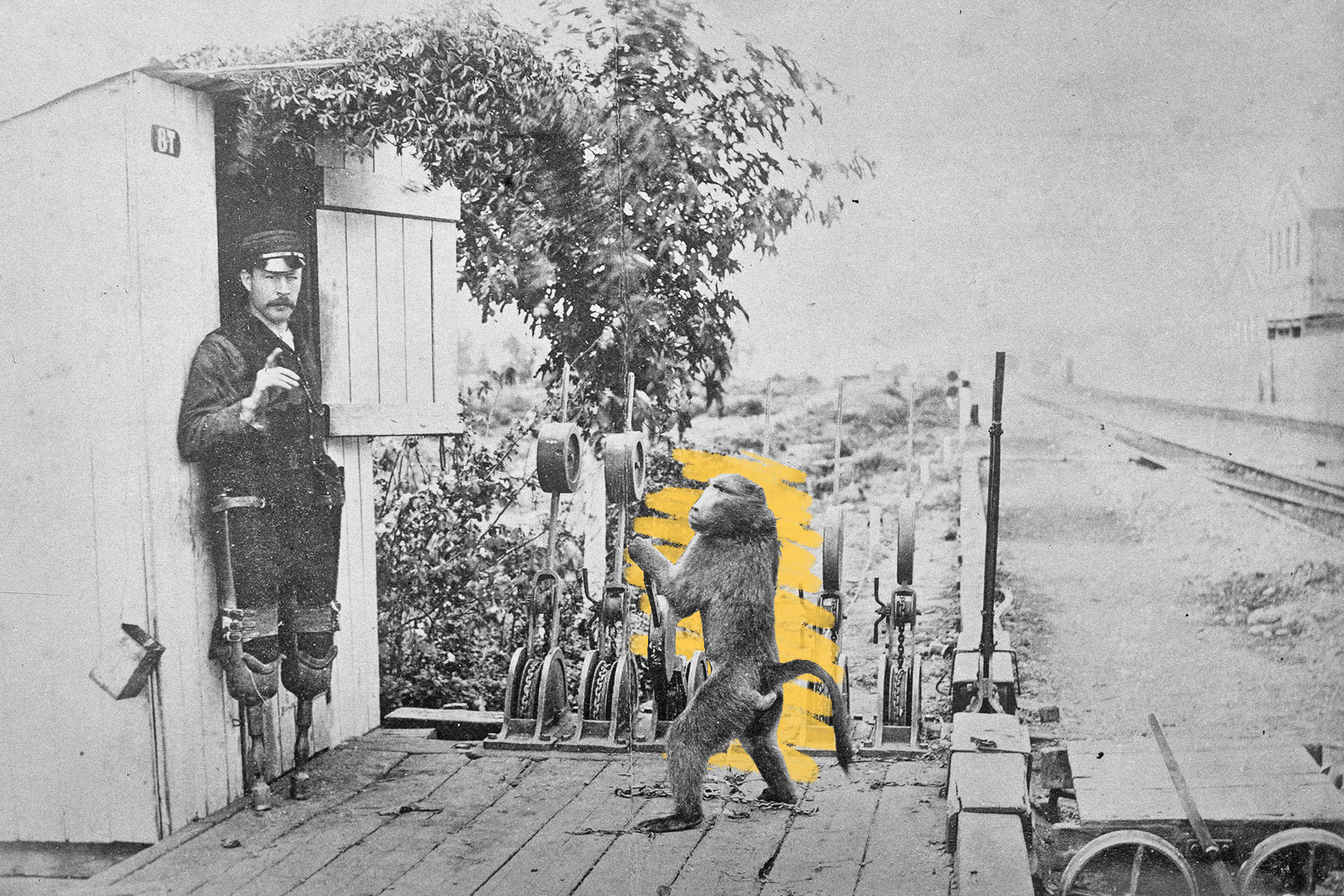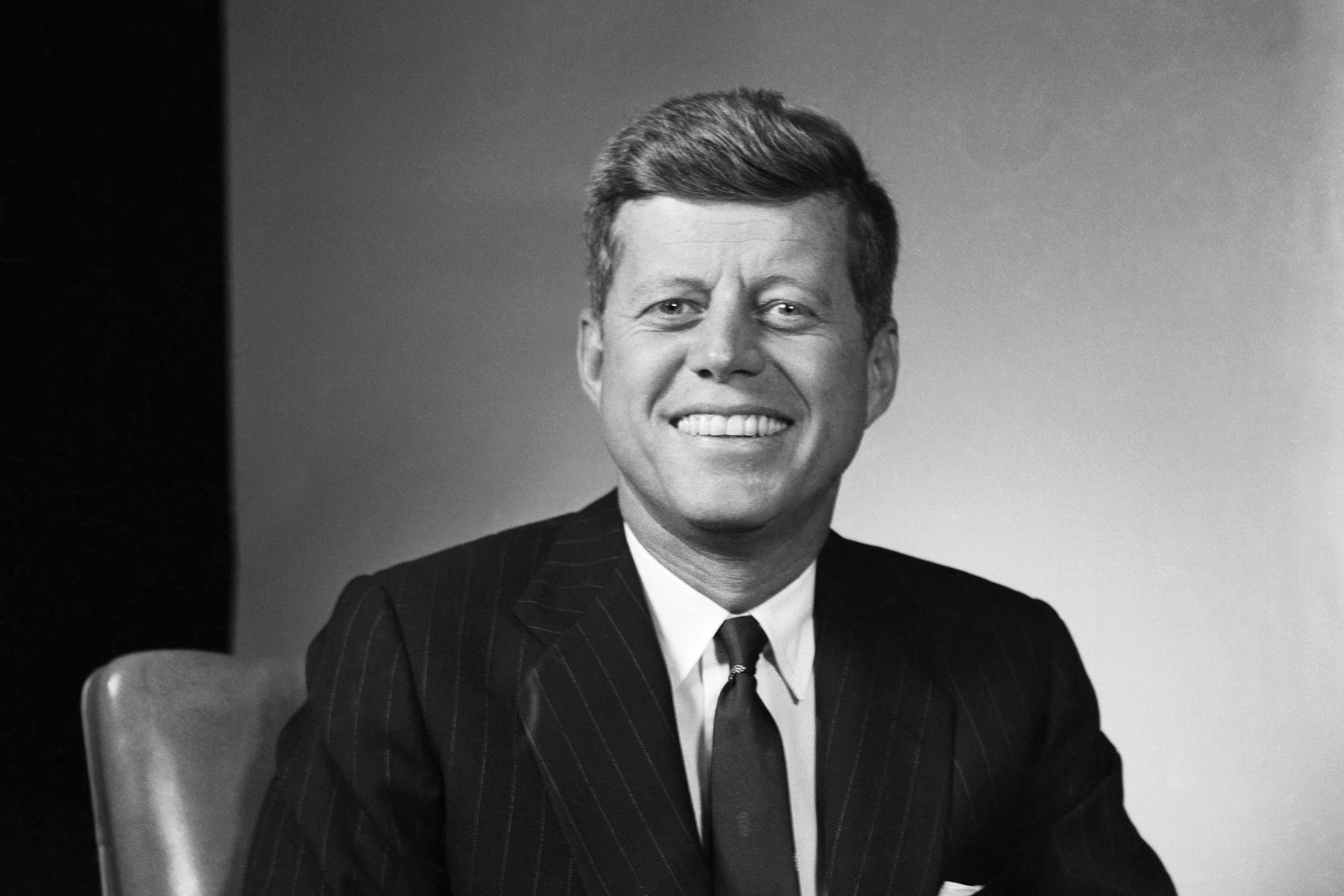 |
A baboon worked for a South African railroad company in the 1880s. |
World History |
 |
| |
| At first, Wide enlisted Jack's help by training him to push a trolley during the morning commute. But Jack really thrived as a signalman, and he was later taught how to operate the station switchboard. After watching Wide, Jack learned how to throw switches and change tracks, and his work was so impeccable that he never experienced a single incident over the course of nine years. Eventually, Jack could perform the duties without Wide's supervision, and passing conductors had no idea that a baboon was operating the system until they saw it with their own eyes. | |
| Before long, word of Jack's "employment" reached authorities, who decided to give the creature a competency test. To their amazement, Jack passed with flying colors, saving both his and his owner's jobs. Jack was given an official employment number and paid 20 cents a day plus half a bottle of beer each week. Jack continued working for the railroad company until his death in 1890. | |
 | |
 | |||||||||
By the Numbers | |||||||||
| |||||||||
| |||||||||
 | |||||||||
| |||||||||
A rhinoceros won more than 100,000 votes for city council in São Paulo. | |||||||||
| In October 1959, the residents of São Paulo, Brazil, expressed their dissatisfaction with the local government by voting en masse for a rhinoceros for city council. The townsfolk were furious about São Paulo's deteriorating infrastructure, and rather than vote for any of the 540 official candidates, they decided to stage a protest vote. A group of students printed out 200,000 ballots featuring the name of a 5-year-old rhino, Cacareco (meaning "rubbish"), who lived at the local zoo. The ballots were cast, and Cacareco received more than 100,000 votes, earning a spot on city council. Officials refused to acknowledge Cacareco's election, however, and nullified the results before calling for a new election. Though the animal never held office, the phrase "Voto Cacareco" ("Vote Cacareco") remains a popular protest slogan in São Paulo today. | |||||||||
 | |||
Recommended Reading | |||
 | |||
| | |||
 | |||
| | |||
| + Load more | |||
| |||
| |||||||||
| Copyright © 2023 History Facts. All rights reserved. | |||||||||
| 700 N Colorado Blvd, #513, Denver, CO 80206 | |||||||||
|







0 comments:
Post a Comment